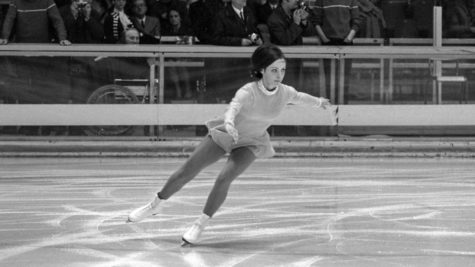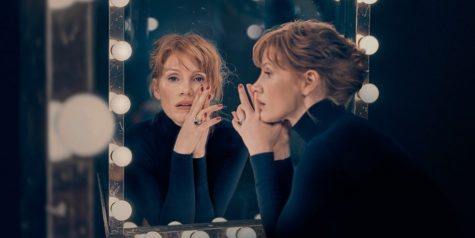Victimization is Victorian Era postcards
February 17, 2021
If you have ever looked at Victorian era postcards, you have probably seen Indian women posing in the photographs on them.
These women are dressed in exquisite jewelry, representing wealth, and lehenga choli attire.
They were hired to model for the postcards to make the Caribbean islands look enticing to tourists and British citizens.
However, the story behind these photos is not so pretty.
The Indo-Caribbean women were indentured workers for the British, who referred to them as “coolies,” a racist term for Asian manual workers. Sometimes the words “belles” came after “coolie” because they were beautiful, yet still so far below the British authority who referred to them as such.
They mainly posed in front of cane fields or European-like pillars.
Adding to the mystery of these women, they were nameless; solely anonymous and yet extremely captivating.
They signed contracts (which they could not read as most of them were illiterate) to work on sugarcane fields on the islands, typically for five years or more.
These job offerings were put out to make the women think that a better life awaited them.
The advertisements were especially appealing to women who had either been disowned by their families or were widowed. However, many women endured abuse during the time as indentured servants.
From there, they were transported to the British colonies and sent out to work. There were roughly two million indentured workers in the British colonies at the time.
With the advancement of technology during the Victorian era, photographs could be taken more easily, and therefore, were more easily accessible.
Many people wanted to own postcards simply to make it seem as though they had traveled a lot, but the white people who purchased the postcards were appalled at the exposure of the Indian women’s arms and legs. Not only did the depiction of these women sexualize them, but it also marginalized them.
Felix Morin was one of the men who photographed the women. He was a French commercial photographer who, from 1869-1890, owned a studio in Port of Spain, the capital of Trinidad.
Though not much information on his life can be found, his photographs are still relevant today in that they captured the essence of the Indo-Caribbean women during the Victorian time period, a history that still remains widely unknown.
These women were not happy, even when depicted that way. The jobs which they had as indentured workers and models for postcard photos were their only hope of having a better life, but to no avail, because their beauty was used merely for profit.
The final abolition of indentured worker contracts did not occur until one century ago.
A visual artist named Andil Gosine referenced the Victorian postcards in his series “Cane Portraiture.” He asked Caribbeans who migrated to New York to pose in the traditional lehenga cholis in front of a backdrop containing a sugarcane field.
His main motive in doing this was to get a feel for what was going on between the Victorian age women and Felix Morin. The photos taken by Gosine were eventually printed onto postcards as well.
Thankfully, we no longer hang postcards of victims of abuse and exploitation. But this part of history serves as an ample reminder that in photographs, not all is at it may seem.











